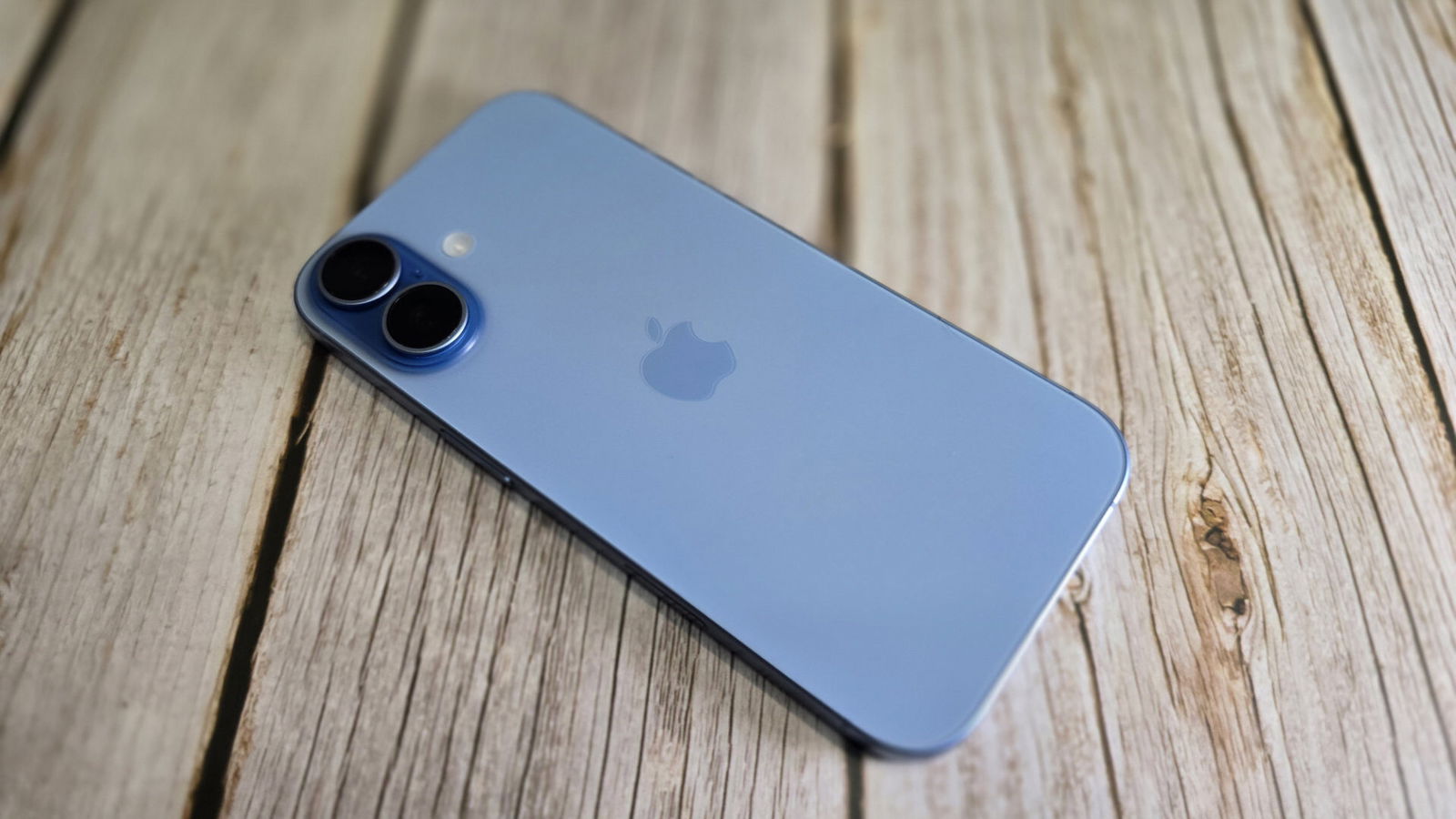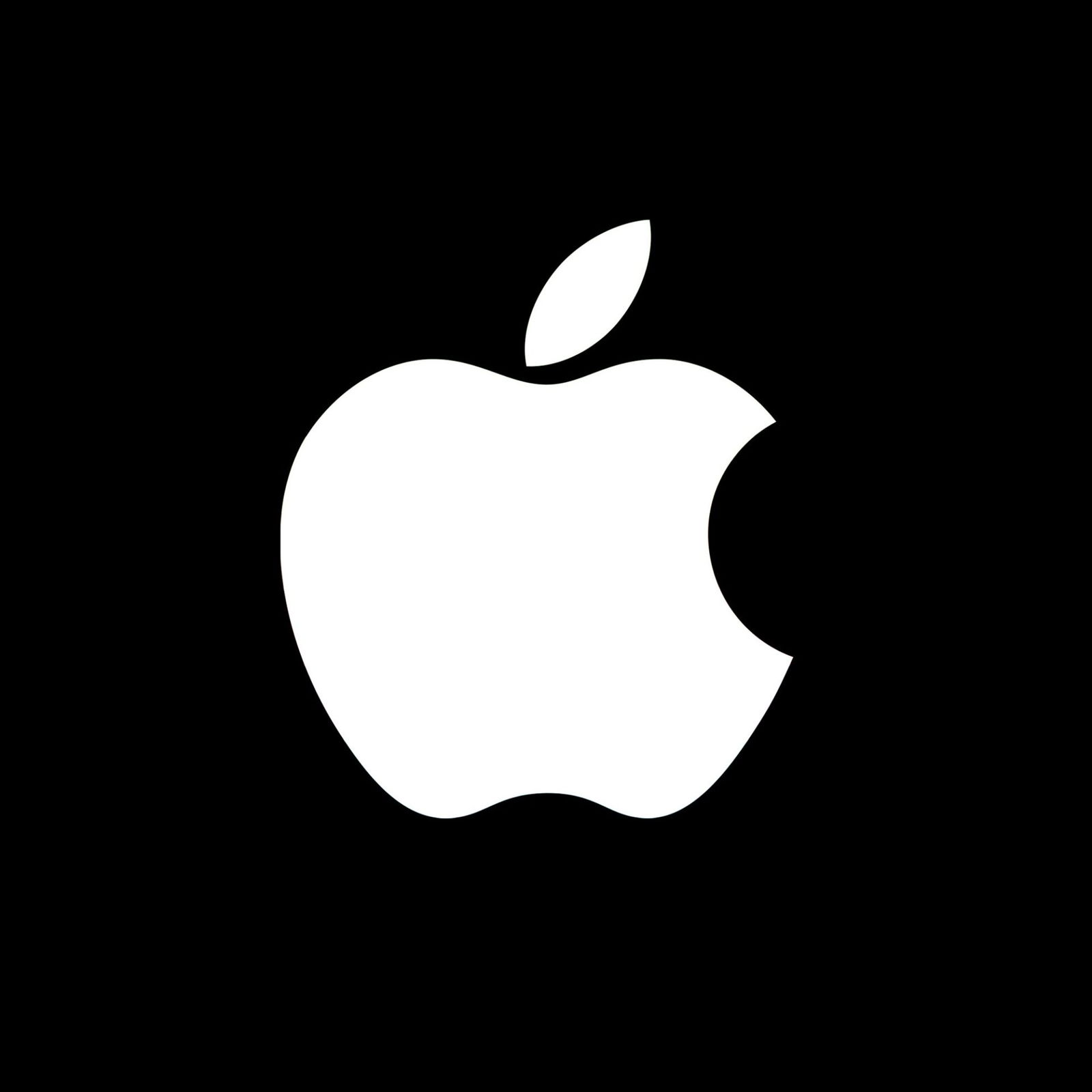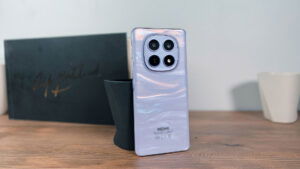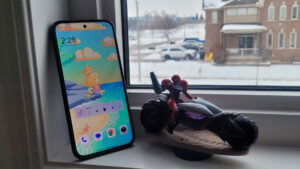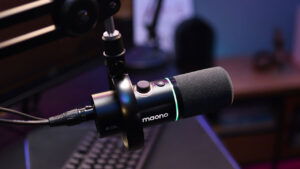For many users of flagship phones, the base model is often ignored. Why go with the worst version of a great phone? Why settle for a lesser camera than the Pro? Why not just go for the fully equipped model for a few hundred extra dollars? The iPhone 17 has sought to answer those questions—and largely exceeded expectations—as it offers tools that compete with, and often match, the Pro and Pro Max, while doing so at remarkable value.
The model of iPhone 17 tested is the 512GB version with 8GB of RAM, the most memory you get from the base model. It features the Apple A19 Chipset (as opposed to the A19 Pro in the Pro and Pro Max models), with a 5-core GPU (6-core in the more powerful versions). The display features a 120Hz LTPO Super Retina XDR OLED screen with HDR10 and Dolby Vision support, boasting 3000 nits of peak brightness. It has an aluminum frame and Ceramic Shield 2 protection with anti-reflective coating, which was decent, but not the best I’ve seen.
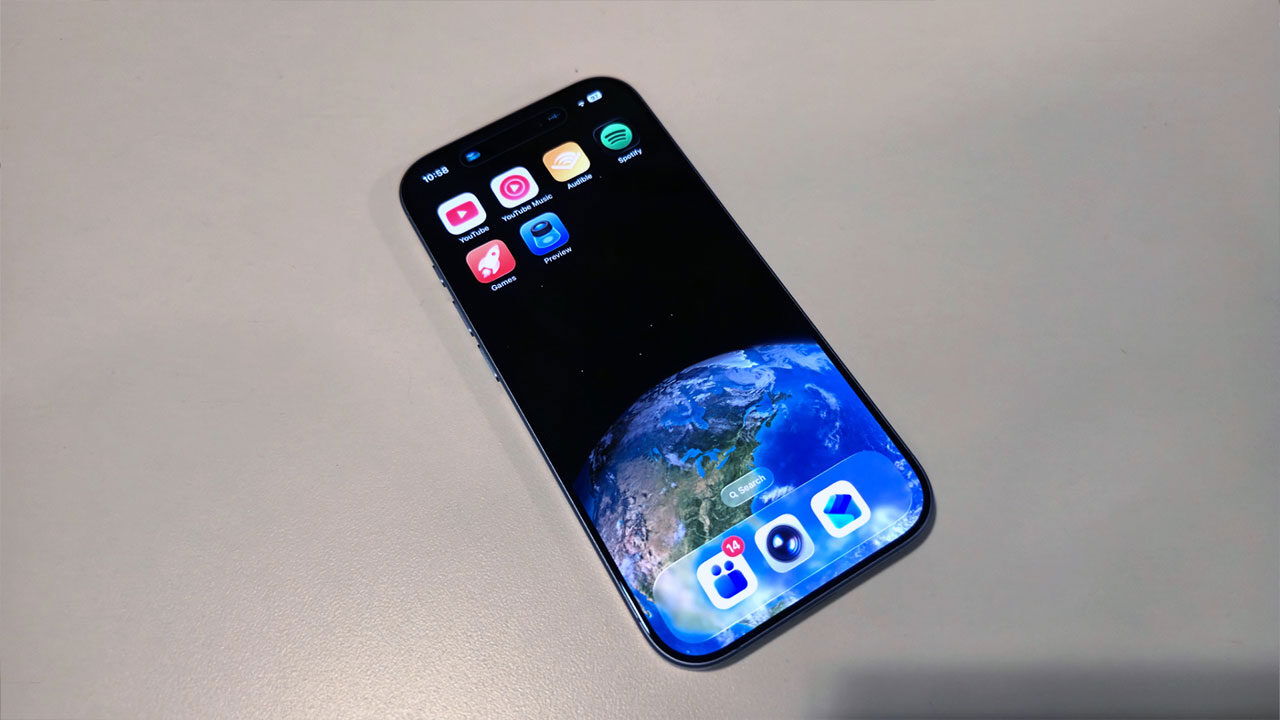
The primary camera on the iPhone 17 is a 48MP f/1.6 26mm wide-angle lens with a 1/1.56” sensor, which is quite a bit smaller than the 1/1.28” sensor on the Pro and Pro Max models. The Pro and Pro Max models also offer a wider lens at 24mm. The ultrawide camera, however, is the same across all models with a 48MP f/2.2 13mm lens with a 120-degree field of view and a 1/2.55” sensor. Maintaining the 48MP resolution across lenses is an excellent move for consistency, albeit at the expense of a lower overall resolution compared to other phones.
“The iPhone 17 has sought to answer those questions—and largely exceeded expectations—as it offers tools that compete with, and often match, the Pro and Pro Max, while doing so at remarkable value.”
What’s missing from the iPhone 17’s camera suite is the 100 mm telephoto lens and the 3D LiDAR scanner. The telephoto lens, while definitely good in some situations, isn’t something that everyone needs or, at the very least, is worth sacrificing for the cheaper price tag. LiDAR has applications in improved augmented reality and can be used to map out spaces. In my opinion, if you need it, you’ll be excited right away when you hear about it. But you’ll know if it’s something you need or if you can live without it.
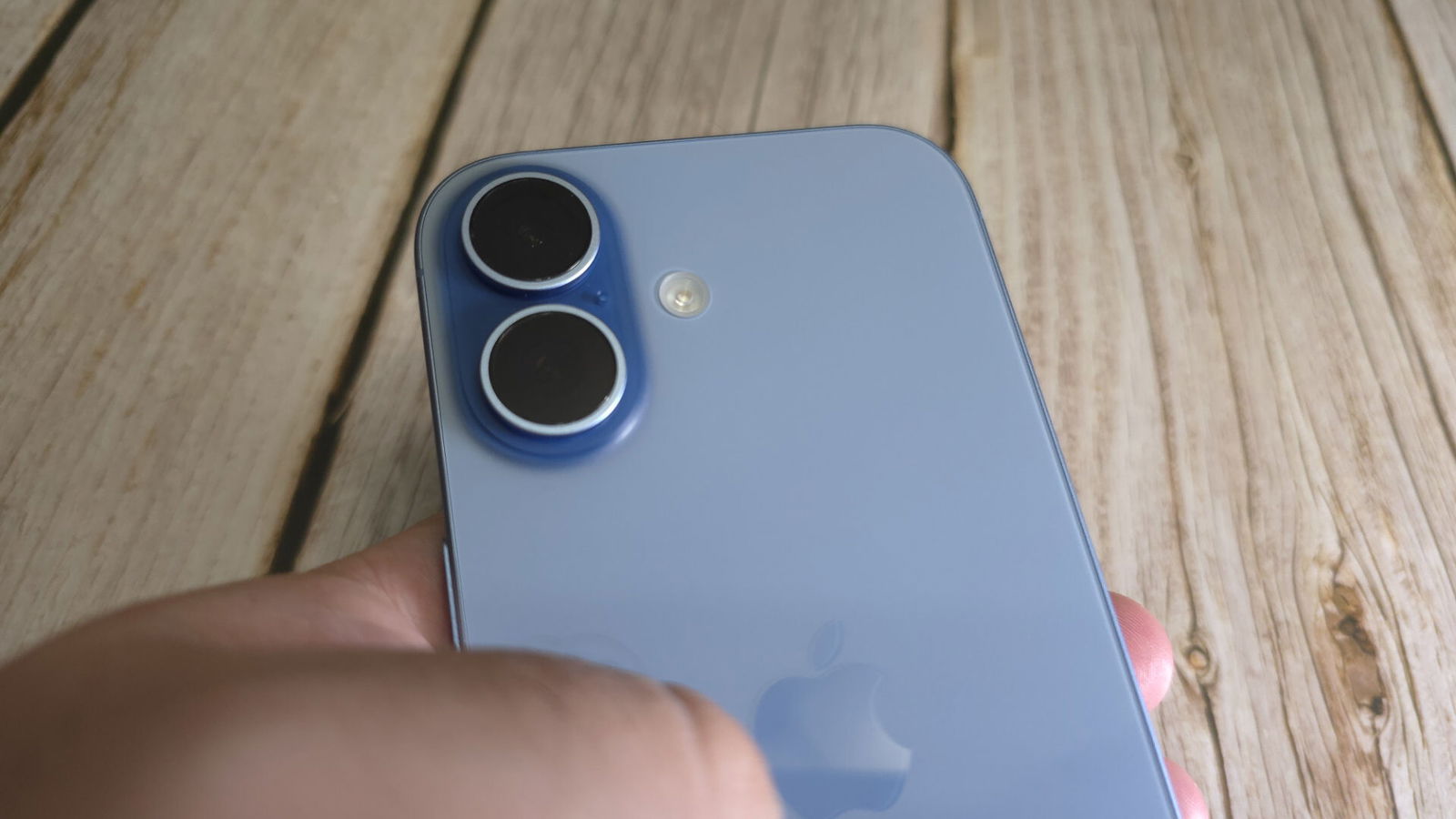
The Selfie camera is an 18MP f/1.9” 20mm lens with a square sensor, leading to one of its best features, the ability to take horizontal or vertical shots no matter the orientation of your phone at the time. This open gate-esque behaviour gives you a ton of flexibility with your selfie camera while holding the phone in the way that is most comfortable for you. I’d really love to see the ability to catch the full square video like a proper open gate and then use the same footage optimized for each aspect ratio.




The main camera on the iPhone 17 is capable of capturing video at up to 4K/60fps or 1080p/240fps, while the selfie camera can also capture 4K/60fps but only 1080p/120fps. While the Pro and Pro Max models both sport the same maximum resolutions and frame rates, the one thing you lose on the base iPhone 17 is the ability to shoot Dolby Vision HDR, ProRes, ProRes Raw, 3D, and Apple Log 2. So the camera is perfectly fine for the everyday user and then some, but it doesn’t offer the options that make your footage more cinematic.
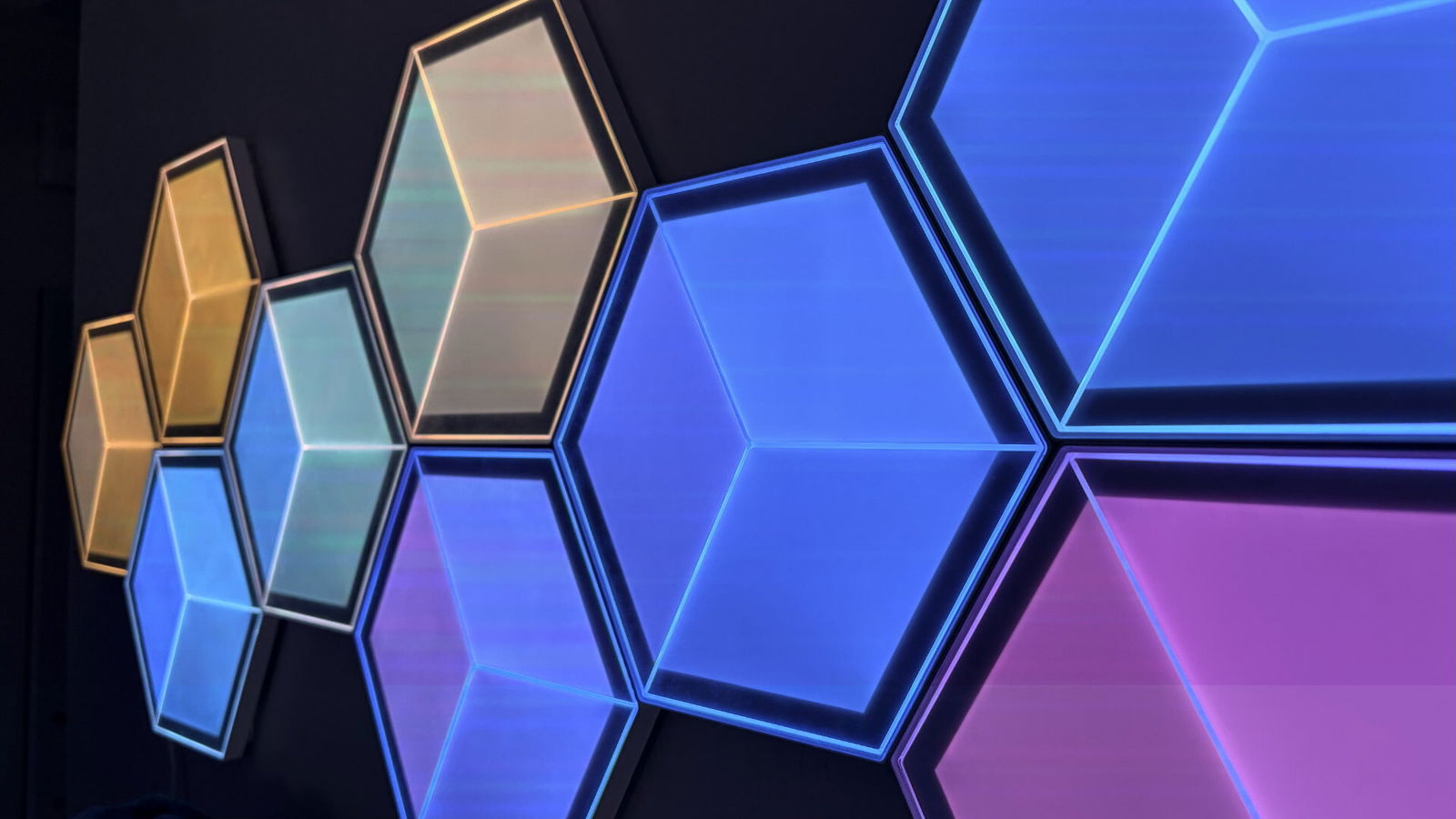


The actual performance of the iPhone 17 is impeccable. Their UI is as smooth as ever and has lightning-fast response, which is to be expected of any modern iPhone, but they definitely don’t fall short of those expectations. I was worried that the 17 maxed out at 8GB of RAM and that it might impact its performance, but the way it optimizes its apps and tasks makes it run like it is completely spec’ed out. It scored a 3744 on Geekbench’s Single-core test and 9452 on the multi-core.
Gaming on the iPhone 17 was quite good. The GPU delivers the performance you need, and the cooling system in the phone prevents it from overheating. However, I did find it to be a bigger battery drain than I have seen on some other phones. Its size was also a bit of a problem for me, as my thumbs cover a significant portion of the screen, which really impacted my experience in certain games. I’m more accustomed to a larger phone that gives me more real estate on the display.
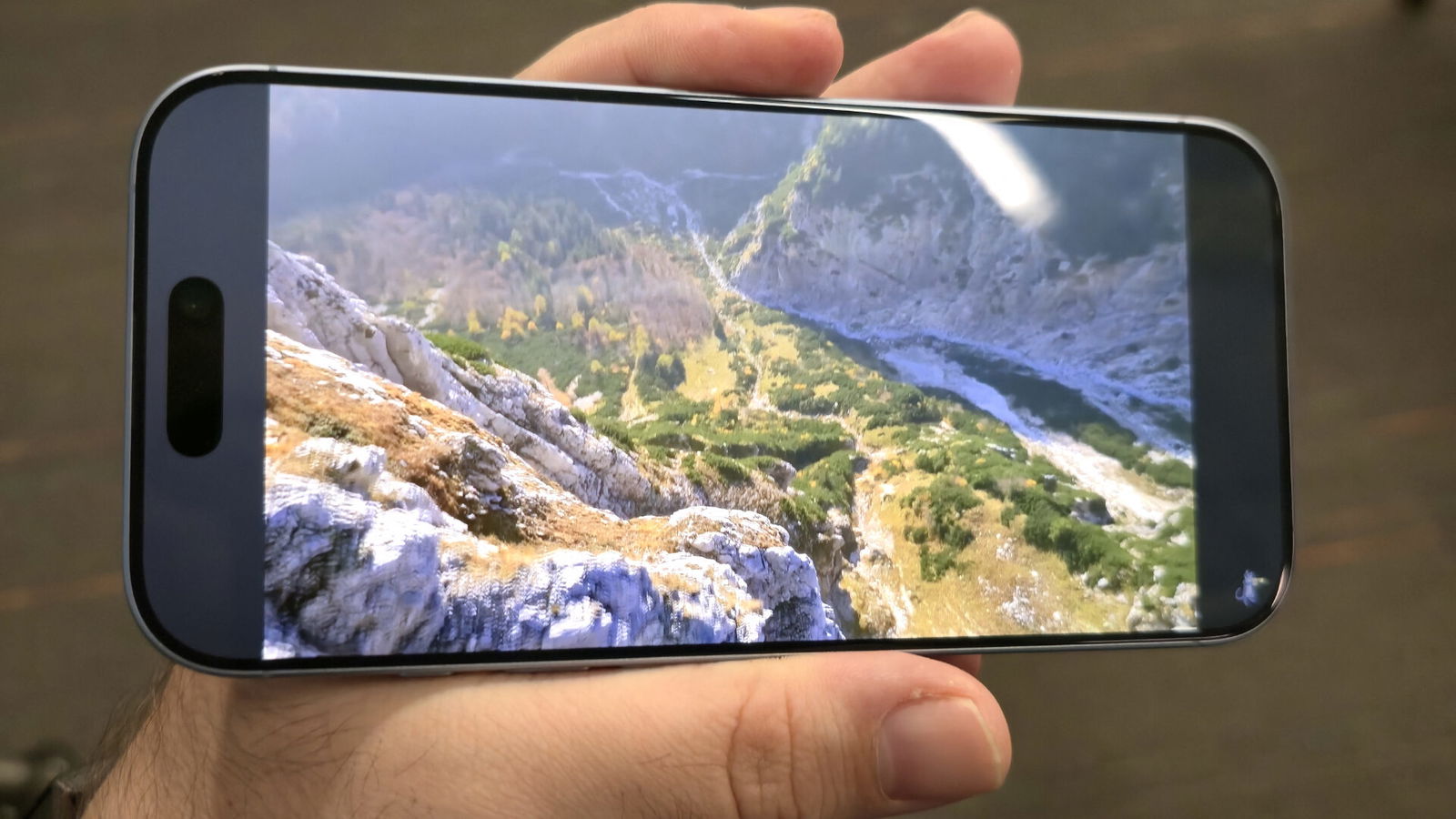
Surely, the Pro and Pro Max are going to pack a lot more of a punch than the base iPhone 17, with a higher-performance GPU and extra RAM. However, I would argue that you would only need those upgrades for the most resource-intensive games, with settings set to the maximum. The average gamer will be able to play their favourite games without issue with what the iPhone 17 has to offer.
“I was worried that the 17 maxed out at 8GB of RAM and that it might impact its performance, but the way it optimizes its apps and tasks makes it run like it is completely spec’ed out.”
The iPhone 17 that we tested will cost $999 USD, with the 256GB version priced at $799 USD. It is definitely a good value compared to the Pro and Pro Max, with some definite sacrifices, but not ones that will make a significant difference to every user. I think that Apple did a great job of making each of the phones for different audiences without compromising the core of this generation of iPhone from model to model.

With everything that is offered on the iPhone 17, it is one of the few base models that I can easily recommend to a wide variety of users. Apple didn’t offer you a lesser phone to lure you towards the more expensive devices. They gave you a device worthy of being in the pockets of most everyday users, then offered up models for those who needed something extra. If your day-to-day phone use is scrolling through social media and streaming video, but you still want to take nice photos and video, then the iPhone 17 is an easy choice.
